
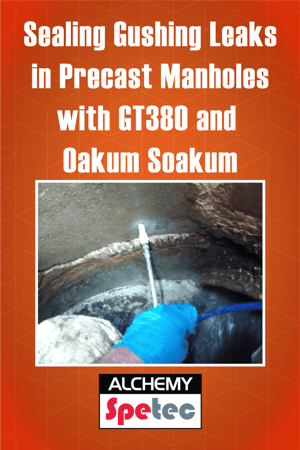 Major water infiltration in precast manholes often occurs at the pipe penetrations. Failure to seal these leaks quickly could lead to the loss of thousands of dollars. It can also suck in soils and fine particlesThis process creates voids outside the manhole. With time, these voids grow larger and become sinkholes.
Major water infiltration in precast manholes often occurs at the pipe penetrations. Failure to seal these leaks quickly could lead to the loss of thousands of dollars. It can also suck in soils and fine particlesThis process creates voids outside the manhole. With time, these voids grow larger and become sinkholes.
The typical method of sealing manhole pipe penetrations is using cementitious grout. This method may be effective at first, but you'll eventually notice cracks and infiltration again because it can't withstand the slightest movement of the pipe.
We recommend you use a combination of Spetec PUR GT380 and AP Oakum. The GT380 is a highly flexible polyurethane grout that allows movement between the pipe and manhole. Combine it with the AP Oakum which is an oil-free dry jute rope, and you can take care of large and irregular-shaped defects.
The installation steps are as follows:
- Clean the surfaces on which you want to apply the Oakum. Wet them down if necessary, so they can react with the resin.
- Cut the oakum into appropriate lengths if necessary.
- Place oakum in a clean container (5 gallon/18.9 liter pail or plastic bag) and saturate with resin. Give time for the resin to soak into the oakum.
- Using gloved hands, pull a section of oakum through a loose set to squeeze out excess resin.
- (Optional Step) Dip the oakum in a pail of water to begin the reaction process of the resin. Soon, the resin will expand.
- Pack oakum into leaking defect around the pipe using a screwdriver, wooden dowel, or other mechanical device sized appropriately for the joint, crack, or defect.
- After the resin has cured, you may inject additional resin via a grout needle directly through the oakum or by drilling holes through the concrete behind the oakum.
- Leave the material to cure overnight before attempting to trim the excess foam.
With the Spetec PUR GT380 and AP Oakum combination, your work will last up to 50 years - way longer than it would if you used hydraulic cement.



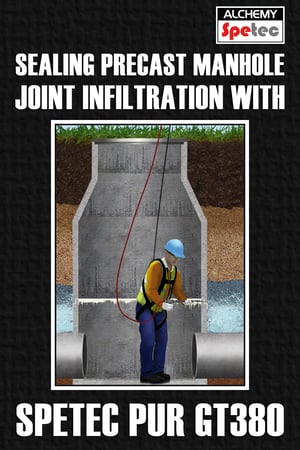 What happens when a joint in a precast manhole begins to leak? The answer is it may as well be leaking money.
What happens when a joint in a precast manhole begins to leak? The answer is it may as well be leaking money.
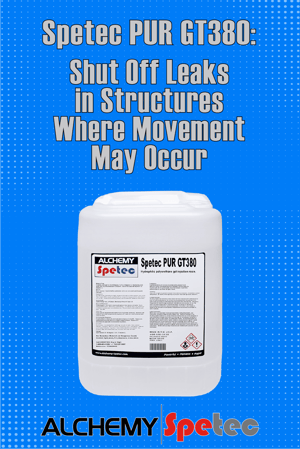 In this post, we’re profiling
In this post, we’re profiling 
 Chemical grouts have an amazingly diverse range of properties. This makes them incredibly useful for all types of waterproofing, soil modification, and structural repairs. This wide range of characteristics means that there is no one size fits all grout out there. But I get ahead of myself. Before one can select a chemical grout for a repair it is necessary to understand not only the asset to be repaired but also how and why it is failing and/or leaking. There are numerous methodologies that can be utilized to determine what is going on, but before one can start the troubleshooting one needs to understand the structure's design.
Chemical grouts have an amazingly diverse range of properties. This makes them incredibly useful for all types of waterproofing, soil modification, and structural repairs. This wide range of characteristics means that there is no one size fits all grout out there. But I get ahead of myself. Before one can select a chemical grout for a repair it is necessary to understand not only the asset to be repaired but also how and why it is failing and/or leaking. There are numerous methodologies that can be utilized to determine what is going on, but before one can start the troubleshooting one needs to understand the structure's design.






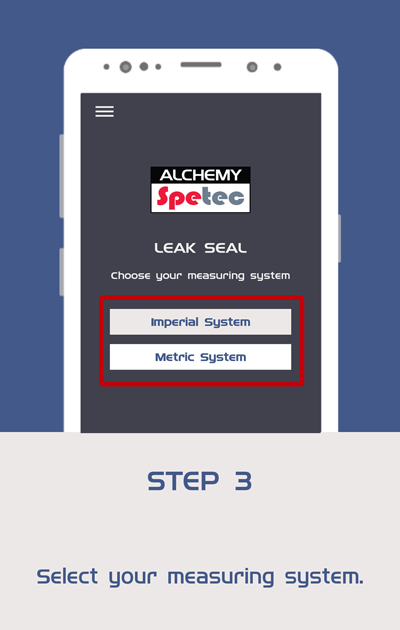
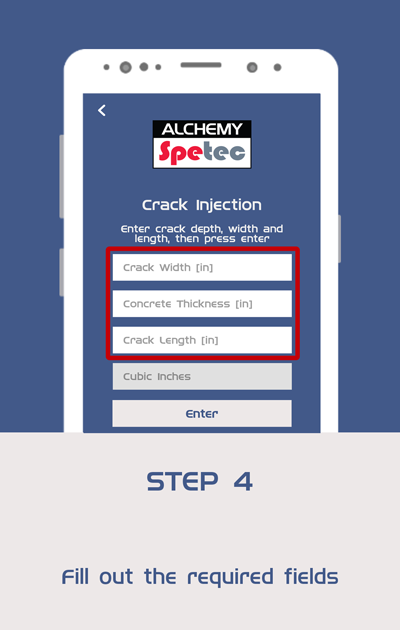
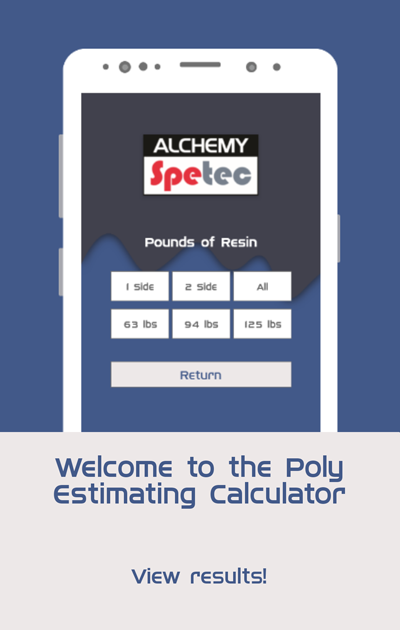

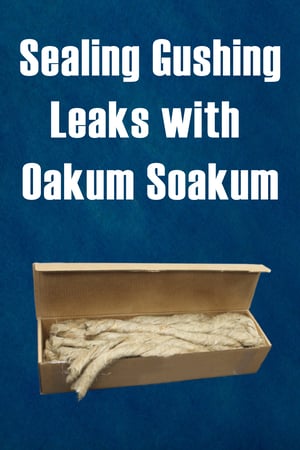

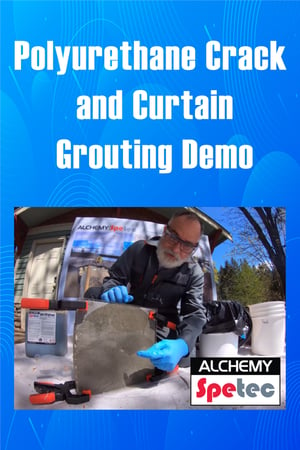 Embedded below is a crack and curtain grouting video demo I recently recorded. For those not familiar with me, my name is Charlie Lerman. I'm the Director of Technical Services for the Leak Seal Division at Alchemy-Spetec (and I'm also known as the Grout Geek). I have been involved in a wide variety of grouting jobs from dams to tunneling, municipal to sewer system work, residential, commercial, and industrial.
Embedded below is a crack and curtain grouting video demo I recently recorded. For those not familiar with me, my name is Charlie Lerman. I'm the Director of Technical Services for the Leak Seal Division at Alchemy-Spetec (and I'm also known as the Grout Geek). I have been involved in a wide variety of grouting jobs from dams to tunneling, municipal to sewer system work, residential, commercial, and industrial.
 Polyurethane – Quality and Selection
Polyurethane – Quality and Selection
 I'd like to share a case study from a job that I recently consulted on with one of our contractor customers.
I'd like to share a case study from a job that I recently consulted on with one of our contractor customers.

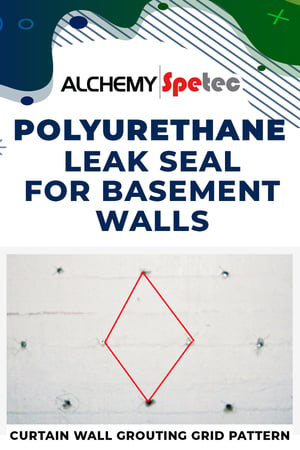 Today’s guest blogger is John Ziebell, an independent representative of Alchemy-Spetec. Formerly the Vice President of Operations for Deneef Construction Chemicals, Inc., John has 36 years of experience in the chemical grout industry and is currently a member of the International Concrete Repair Institute (ICRI).
Today’s guest blogger is John Ziebell, an independent representative of Alchemy-Spetec. Formerly the Vice President of Operations for Deneef Construction Chemicals, Inc., John has 36 years of experience in the chemical grout industry and is currently a member of the International Concrete Repair Institute (ICRI). 